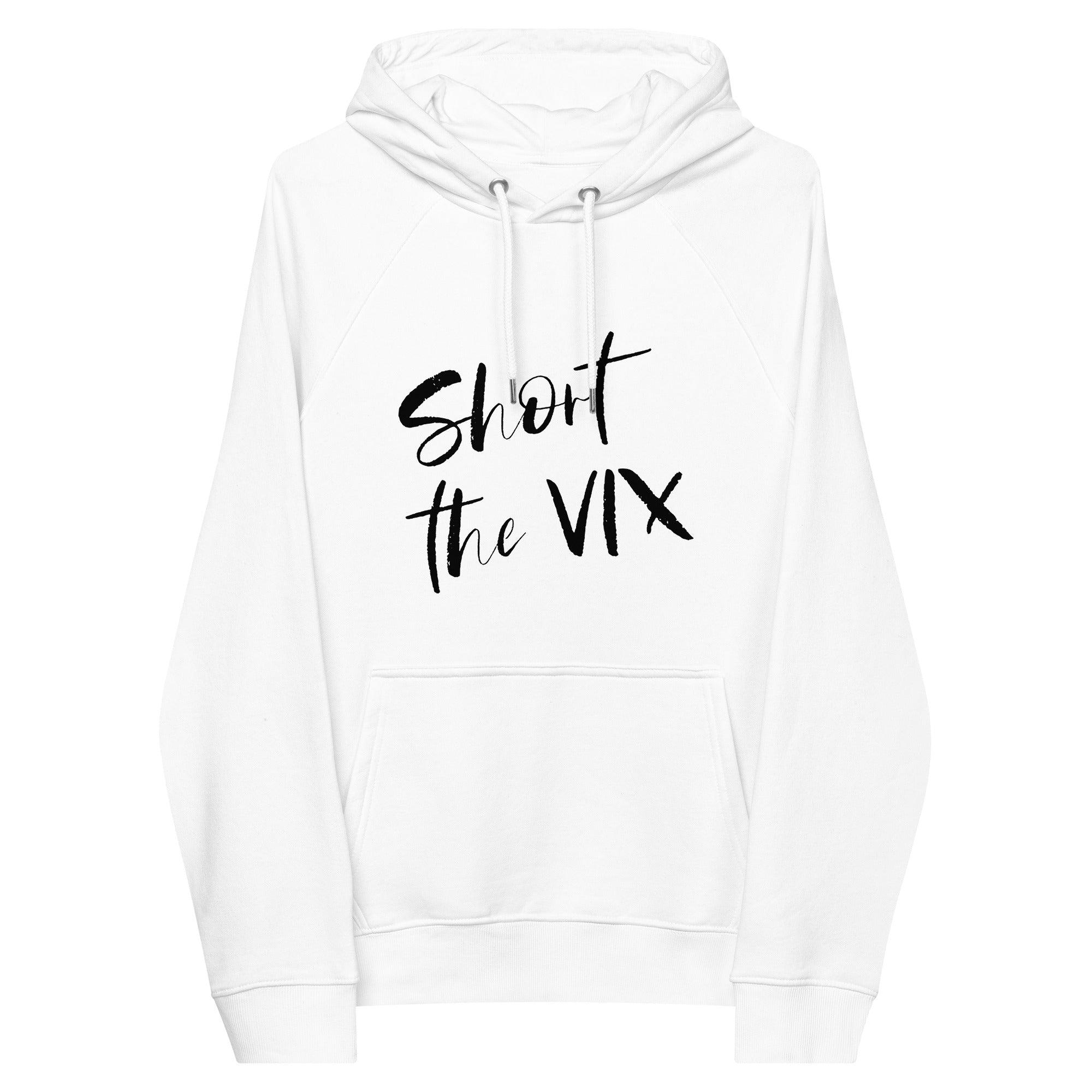
What Is The 70-20-10 Rule In Trading?
The 70-20-10 rule in trading is a guideline that some traders and investors follow when allocating their resources in the financial markets. The rule suggests dividing one's investment portfolio into three broad categories based on risk and return profiles.
70-20-10 Components
Understanding the components of the 70 20 10 rule is crucial for any trader aiming for consistent success. The rule dictates that 70% of your capital should be invested in secure, low-risk assets, 20% in moderate-risk trades, and the remaining 10% in high-risk, potentially high-reward ventures. This allocation aims to strike a balance between stability and growth. The rule is versatile and can be tailored to suit various trading styles, including scalping, day trading, and long-term investing.
70% in Core Investments (Low Risk)
This portion is allocated to conservative and low-risk assets, such as blue-chip stocks, bonds, or other stable securities. The goal is to preserve capital and provide a steady, reliable return.
20% in Growth Investments (Medium Risk)
This segment involves moderately risky assets with the potential for higher returns. Examples include stocks of growing companies or exchange-traded funds (ETFs) focused on specific sectors. The aim is to achieve capital appreciation over the medium term.
10% in Speculative Investments (High Risk)
This portion is earmarked for high-risk, high-reward assets, such as individual stocks with high volatility, cryptocurrencies, or other speculative instruments. The objective is to capture significant returns, but this comes with a higher level of risk.
70-20-10 Strategy & Integration
Originating from the world of finance, the 70 20 10 rule has evolved over the years. Initially applied to investment portfolios, its adaptation to trading strategies has garnered attention for its simplicity and practicality. The significance of this rule lies in its ability to manage risk effectively. By diversifying investments across different risk levels, traders can shield themselves from substantial losses while capitalizing on lucrative opportunities. This risk management strategy is a cornerstone for many seasoned traders who swear by its effectiveness. Common misconceptions include the belief that it guarantees profits or that it's a one-size-fits-all solution. The rule is a tool, not a guarantee. Maintaining a disciplined approach, staying informed, and seeking mentorship can help traders navigate the psychological aspects of the 70 20 10 rule.
For traders looking to integrate the 70 20 10 rule into their strategy, practical tips can make the process smoother. From conducting thorough research to understanding market trends, implementing this rule requires a nuanced approach. Weighing the pros and cons of the 70 20 10 rule is crucial for informed decision-making. Understanding both sides ensures traders can make strategic choices aligned with their financial goals.
Whether you're a scalper, day trader, or a long-term investor, tailoring the 70 20 10 rule to your specific style is key. Beyond the numbers, the 70 20 10 rule influences the mindset of traders. Understanding the psychological impact is vital for maintaining emotional balance in the face of market volatility.
Conclusion
The 70 20 10 rule stands as a powerful tool for traders seeking a balanced and strategic approach to the market. By understanding its components, benefits, and potential pitfalls, traders can make informed decisions that align with their financial goals.





Leave a comment
This site is protected by hCaptcha and the hCaptcha Privacy Policy and Terms of Service apply.